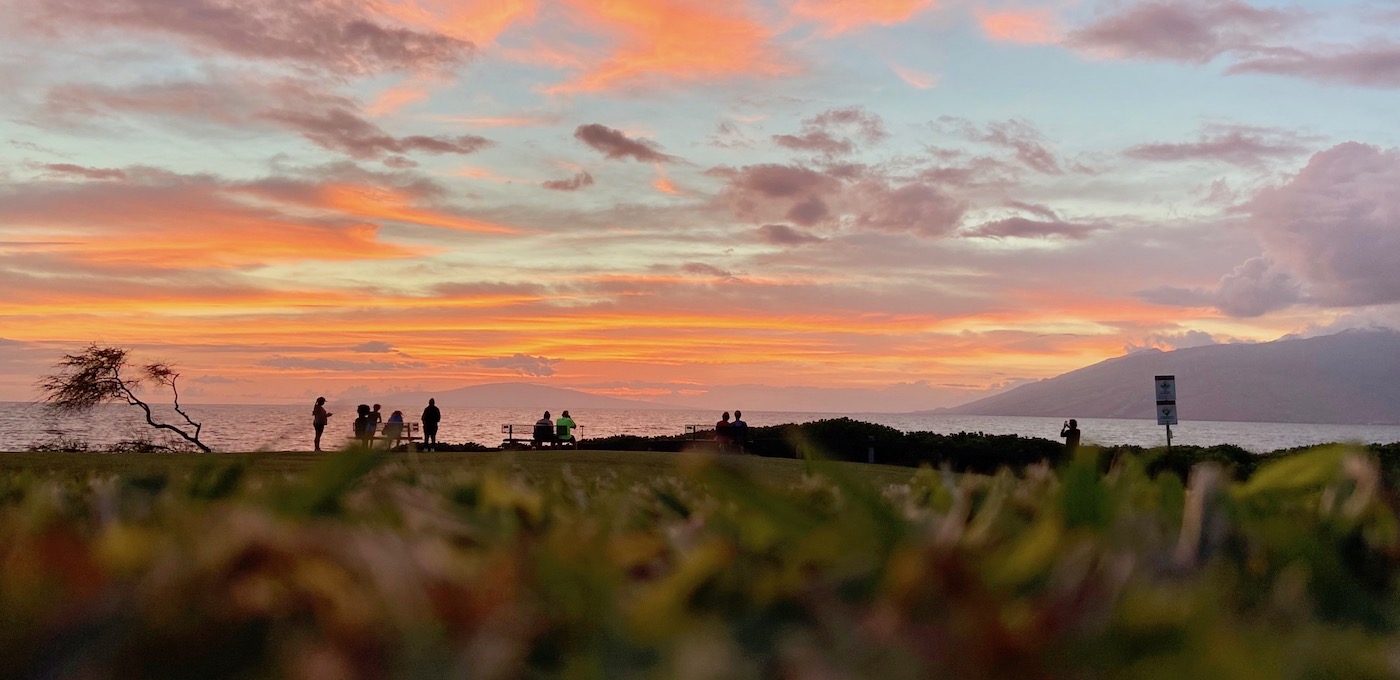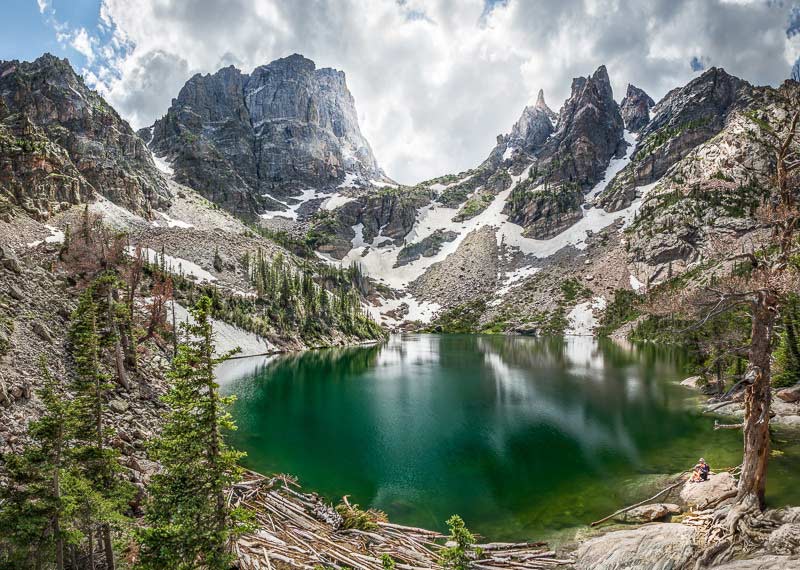
Glaciers, alpine lakes, wildlife, snow, sun and almost endless possibilities for adventure! The Rocky Mountain National Park is rightly so, one of the most popular parks in the country. But, with more than 350 miles of hiking trails to explore, scenic drives, fishing, camping and plenty of other outdoor adventures, how do you know where to begin? Whether this is your first or fiftieth trip to Colorado’s incredibly beautiful, Rocky Mountain National Park make sure you check these 7 must do activities off your bucket list!
ALL INCLUSIVE RMNP TRIPSAbout Rocky Mountain National Park
Located in Colorado, an easily accessible one-and-a-half-hour drive from Denver, the Rocky Mountain National Park (RMNP) is set high in the picturesque Front Range of the Rockies. Here, the Continental Divide dissects the park with the town of Estes Park sitting to the east and Grand Lake to the west. Between these two points you’ll find 265,000 acres of wilderness that feature natural spectacle on a grand scale. From delicate alpine flowers to huge granite formations, wooded forests, waterfalls, glacial lakes and impressive wildlife, there’s more than enough to keep any outdoor lover entertained for more than a few weeks.
Originally home to the Arapaho and Ute peoples, the Rocky Mountain National Park was granted protection status in 1915 as it began to suffer damage from the increasing population of miners, trappers and homesteaders who were drawn to the rich resources of the area. Since then, the UNESCO has also designated the park as a biosphere reserve due to its unique and diverse ecosystem that contains one of the largest alpine tundra ecosystems in the United States.
Nowadays, the Rocky Mountain National Park draws in more than 4 million visitors per year. Although most of the park is open all year round, the warmer months of June through to September are the most popular when temperatures reach a comfortable high of 80°F. However, because the park sits between 7,600 feet and 14,259 feet, afternoon thunderstorms regularly roll in and temperatures can fall dramatically overnight.
Within the park, there’s a total of five visitor centers, six campgrounds and countless hiking trails. During the summer, Trail Ridge Road takes you east-west through the park. But, once the winter snow arrives, this road is closed in the center and you can only drive so far into the park from either of the east or west entrances.
1. RMNP Bear Lake
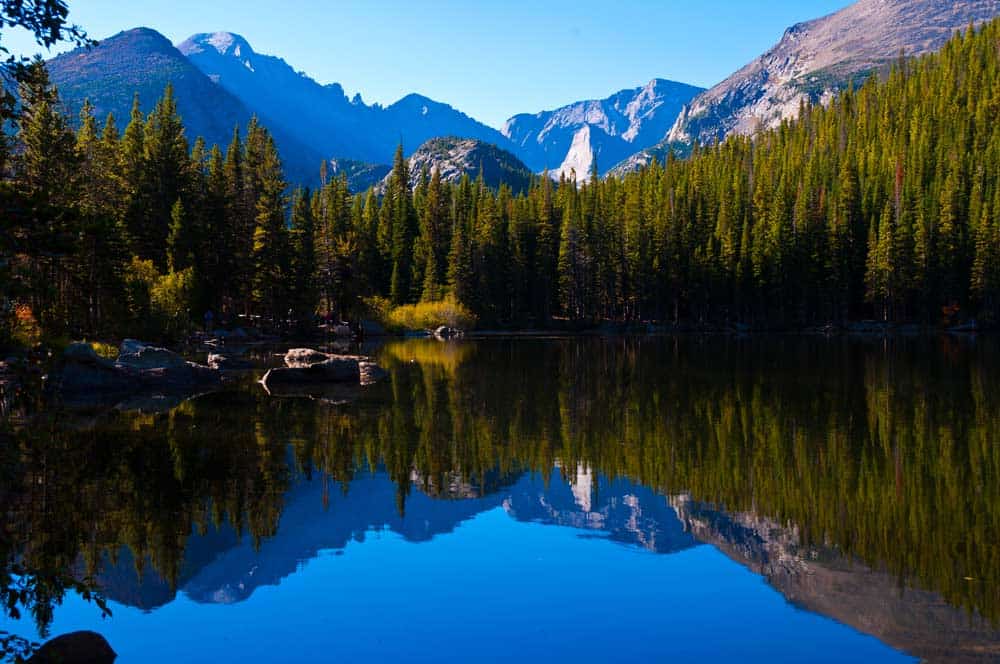
If there’s one hike you should take when visiting the Rocky Mountain National Park, it’s Bear Lake. Some consider it to be one of the best short walks Colorado has to offer as this easy, mostly flat trail makes its way around the 0.8-mile loop track. Because it’s so popular, during the summer months, the carpark is almost always full. Make your trip easy by catching the free shuttle that services this part of the Rocky Mountain National Park.
It’s recommended that you complete this track in a counter-clockwise direction to follow along with the interpretive nature guide that you can purchase at the trailhead. In the guide, you’ll find lots of interesting facts about the natural, geological and historical elements of the area. It’s especially popular with the kids!
However, regardless of whether you want to follow along with the interpretive guide or not, the Bear Lake trail takes you on a relaxing journey around the calm, clear waters, through spruce, fir, lodgepole and aspen forests. There’s plenty of places to stop and appreciate the views over the lake too. Along the eastern shore, you’ll be able to see Hallett Peak while the northern side shows off with incredible views of Half Mountain and the infamous Longs Peak.
2. RMNP Emerald Lake Trail
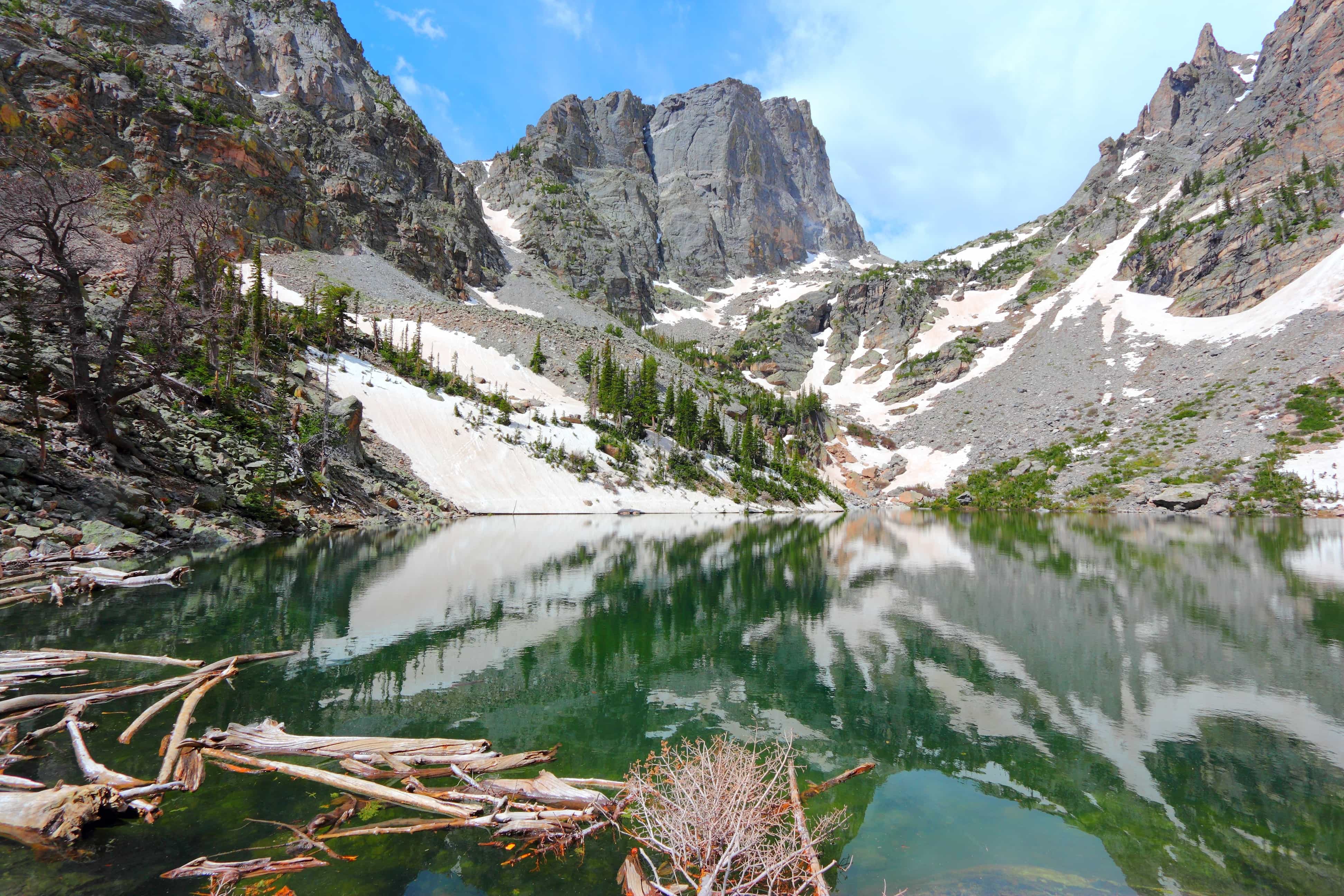
Also leaving from the Bear Lake trailhead is another unmissable hike. This one heads to Emerald Lake via a relatively easy, 3.5-mile return track where you’ll see not just one, but four equally gorgeous alpine lakes. Start your hike by stopping for a photo of Bear Lake before beginning to climb steadily towards Nymph Lake. Because the track is so popular, most of this section is paved so expect reasonably easy walking with some glimpses of Longs Peak through the trees.
Although noticeably smaller than Bear Lake, Nymph Lake isn’t to be missed. The trail naturally weaves around this pond lily lined lake and you’ll be able to enjoy views of Hallett Peak standing tall. Once you leave Nymph Lake, if you’re lucky enough to be visiting at the right time, you’ll then pass through meadows of wildflowers. Stay on the trail as it turns to the right and you’ll soon be at Dream Lake where the views of Hallett Peak and Flattop Mountain are simply outstanding.
Onto the final leg of the hike to Emerald Lake, you’ll climb a series of steps that pass through a pine forest and beside the Tyndall Creek. Soon after, you’ll reach Emerald Lake itself, standing at 10,110 feet in front of the awe-inspiring 12,713-foot Hallett Peak. If you’ve packed a picnic, this is the perfect place to stop and take in the serenity and beauty of this blue-green, glacier-fed lake. If the winter snow is still melting, there’ll most likely be a small waterfall visible as it rushes down the gorge on the other side of the lake.
Hike Rocky Mountain National Park
Book your customized Rocky Mountain National Park experience with Next Adventure Company for a hassle free vacation in Colorado.
GET A FREE QUOTE3. Old Fall River Road Rocky Mountain National Park
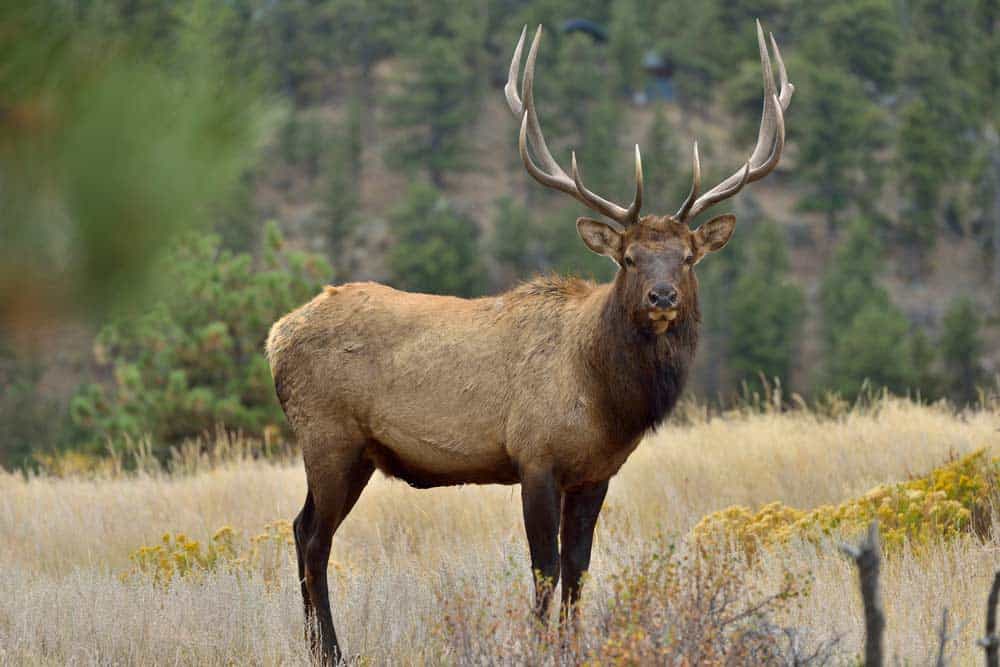
Old Fall River Road was once the only road that visitors could take into the Rocky Mountain National Park high country and over the continental divide. Nowadays, it’s a one-way dirt road that offers a scenic, slow-paced cruise through the dramatic and steep mountainous scenery. It’s only open through the summer months so keep an eye on the Rocky Mountain National Park website for up to date information. If the conditions aren’t right, the road can be closed at any time and once snowy, is converted to a snowshoeing and cross-country skiing track.
The entrance to Old Fall River Road is located at Horseshoe Park near the Fall River entrance. Be sure to stop here to grab a map that points out interesting sites along the road. From here, the road climbs the 11-mile, narrow, steep and winding path to reach the Alpine Visitor Center. The sign posted speed limit is 15 miles per hour but some sections aren’t wide enough for two cars so be sure to leave plenty of time to enjoy the views and be patient if you are stuck behind a slower vehicle. Be wary of sections of loose gravel and make use of the infrequent pullouts to let faster cars pass.
If there’s one point along Old Fall River Road that warrants a stop-off, it’s Chasm Falls. You’ll see a small parking area about a third of the way up the road. Hop out and take the short but steep walk to the bottom of these 30-foot falls before you continue your journey. Keep an eye out for elk, deer, bighorn sheep and marmots particularly above the tree line.
4. RMNP Trail Ridge Road
Built as an upgrade to Old Fall River Road, Trail Ridge Road is now the highest continuously paved road in the United States. Joining the two towns of Estes Parks and Grand Lake, it’s far more than just a practical route to take through the park. In fact, it’s known as one of the most scenic roads in the world.
Every year, once the heavy snows begin to melt, Rocky Mountain National Park workers begin to plow the road to clear the last of this incredible route. The process is very weather dependent but usually takes about 5 weeks. You can check its status on the RMNP website.
Once open, the road winds through aspen, pine, spruce and fir forests to the tree line at 11,500 feet where the scenery changes dramatically to its highest point at 12,183 feet. The road is two-way and is graded to a maximum of 7% with some sharp switchbacks and reasonably frequent pullout and viewing areas. Be sure to stop at the information center at the top. Here there’s a small café and museum with lots of interesting information about this special and fragile alpine tundra environment. From here, you can also take a short but steep walk to a viewpoint that looks back down the mountains. Take your time walking as the thin air at this altitude is particularly taxing on the body.
Without traffic, it takes about one and a half hours to drive the whole length of the Trail Ridge Road. However, because it’s such a popular attraction, heavy traffic and slow drivers mean that it’s usually best to allow at least 4 hours for a one-way journey.
If you are keen on driving Old Fall River Road, it’s convenient to combine the two by heading up Old Fall River Road to the visitor’s center first and then back down Trail Ridge Road towards Estes Park.
5. Rocky Mountain National Park Camping
While you can stay in a hotel or motel in the nearby Estes Park or Grand Lake, no trip to Rocky Mountain National Park would be complete without a night or two camping under the stars. There six campgrounds spread throughout the park offering quite different camping experiences depending on their size and facilities.
When it comes to Rocky Mountain National Park camping during the busiest summer months, it’s highly advisable to book online as early as possible. Reservations can be made for the largest campgrounds, Aspenglen, Glacier Basin and Moraine Park up to six months in advance and they do generally fill up quickly. Where you choose to camp should be based on the area/s that you’ll be visiting and whether you’re staying in a tent or RV. The parks free shuttle system conveniently stops at Moraine Park campground to make it easy to explore the park if you’re staying a few nights.
Fires are usually permitted in the metal grates which are perfect for anyone wanting to cook a meal or enjoy authentic smores.
6. Alberta Falls
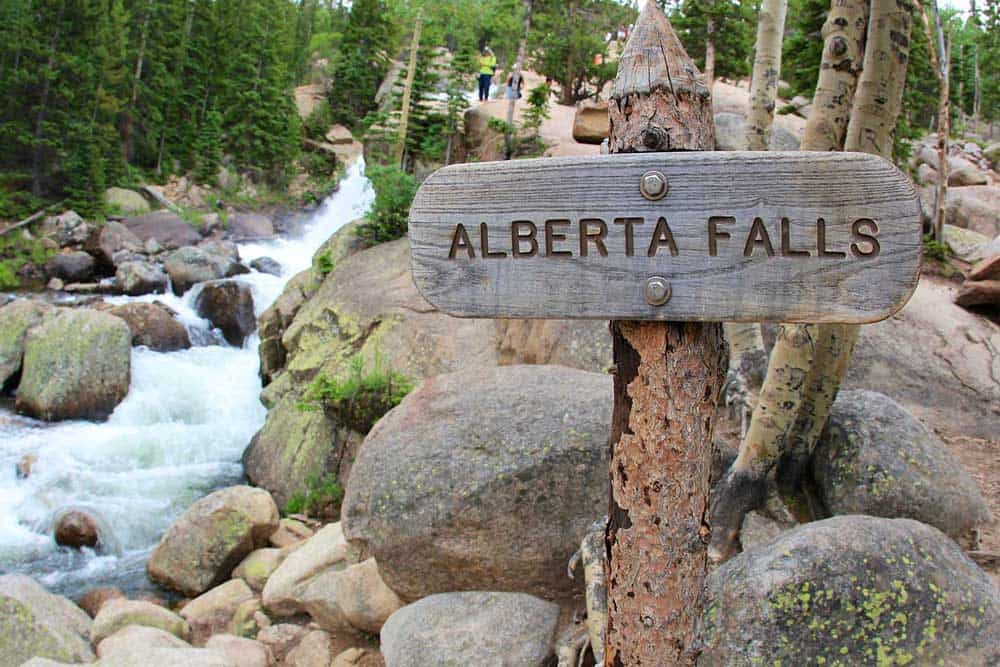
The short and relatively easy hike to Alberta Falls is one of the most popular in Rocky Mountain National Park. Although it’s in the same vicinity as Bear and Emerald Lakes, the scenery is quite different so don’t dismiss it on the basis that you’ve done the others.
To reach Alberta Falls, you can either get off the shuttle at the Glacier Gorge trailhead or take the slightly longer and steeper route from the Bear Lake trailhead. Here, you’ll pass through dense pine and aspen forests and alongside a couple of creeks to reach the waterfall just 0.8 miles in. Freezing cold water thunders down the 30-foot drop of Glacier Creek at Alberta Falls where there’s also a great spot to enjoy a snack or a picnic lunch. Be responsible and take your rubbish back to the bins at the trailhead.
For more experienced and prepared hikers who have acclimatized to the altitude, consider continuing along the trail to Sky Pond. This trail continues up the gorge, past two stunning alpine lakes and up a small waterfall to reach the Sky Pond which appears to almost magically hang below glacial peaks.
7. Rocky Mountain National Park Fishing
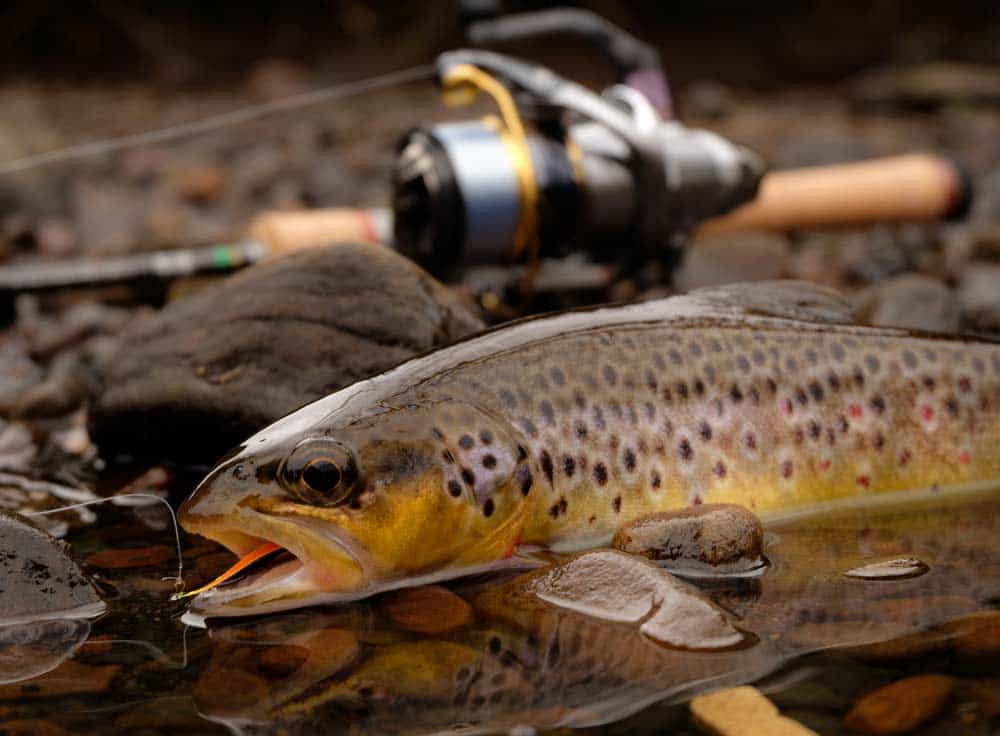
One other must do activity in Rocky Mountain National Park is fishing. 48 out of the parks 156 alpine lakes and some creeks are teaming with a wide variety of trout including greenback cutthroats, brook, brown and rainbow trout.
Popular areas for trout fishing on the eastern side of the park include Black Lake, Sprague Lake and the very accessible Mill Creek. Fishing spots on the western side of the park are generally much more remote except for Baker Creek which is known as a relaxing place to catch brown and brook trout.
If you’re over the age of 16 years, you’ll need a license to fish anywhere in the Rocky Mountain National Park. A Colorado fishing license can easily be obtained from shops in the local area. There are rules about the methods of capture and possession limits so ask about these when you get your license.
Be aware that most of the Rocky Mountain National Park fishing areas do require at least a short hike to reach. As such, it’s necessary to be prepared with plenty of water, food, clothing, and bear spray when fishing in these areas. Once you do catch some fresh trout, there’s no better meal to enjoy freshly cooked over the fire at your Rocky Mountain National Park campsite.
Book Your Next Adventure Today
Book your Rocky Mountain National Park experience with Next Adventure Company for a hassle free vacation in Colorado.
ALL INCLUSIVE RMNP TRIPS
